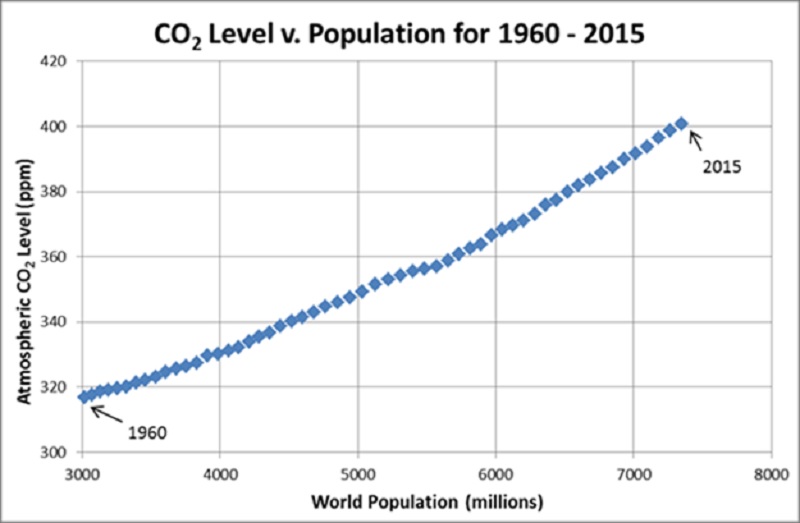EXPLORING THE CONSEQUENCES OF GLOBAL WARMING
The Uncertainties
There are always uncertainties in scientific measurement and prediction. Some things can be determined with great certainty (e.g., the temperature in Brooklyn today), while others cannot be (e.g., what will the average Earth temperature be 100 years from now). The following discussion explores some of these uncertainties in regard to predicted global warming.

The CO2 Increase
We know with great certainty that the CO2 concentration in the Earth's atmosphere has increased over the last few hundred years because we have measured that increase by various means. (Note: Atmospheric CO2 concentrations are typically measured in "parts per million", units of concentration that are abbreviated ppm.)

We also know that the CO2 concentration in the Earth's atmosphere is likely to increase further because humans will probably continue to burn fossil fuels and cut down forests at high rates. The degree to which atmospheric CO2 will increase in the future, however, is uncertain. First, geologists don't fully understand how natural systems behave. For example, the extent to which the added CO2 can be removed by tree growth or absorption in the ocean is not well known. (The atmospheric CO2 would increase at a lower rate if natural processes were effective at reabsorbing the gas.) Second, it is hard to predict the policies that governments will follow in the future, and the rate of growth of atmospheric CO2 depends heavily on the policies that are chosen. For example, switching from coal burning to nuclear power as a source of electricity would significantly reduce CO2 to the atmosphere. Increasing taxes on gasoline and heating oil would do the same because it would prompt people to decrease their use of those resources.

The Temperature Effect
Most scientists in the field of global warming believe that the atmospheric CO2 added by humans will likely significantly increase the average temperature of the Earth (by 2 to 6 degrees Fahrenheit). A few of those scientists believe the temperature effect will not be significant. (Remember, there is always a chance that the minority view is correct. For example, the majority of geologists once rejected the now widely accepted theory of continental drift.)

The Consequences
The predictions that hurricanes will decrease in number and will increase in intensity, sea level will rise, and that climate belts will shift (decreasing food supplies) are based on complicated theoretical models with significant uncertainties. While acknowledging the substantial uncertainties, most scientists in the field believe that significant changes in weather, climate, and sea level will occur as a result of the CO2 added to the atmosphere by human activities.
©David Seidemann and David Leveson - Brooklyn College - Earth and Environmental Sciences